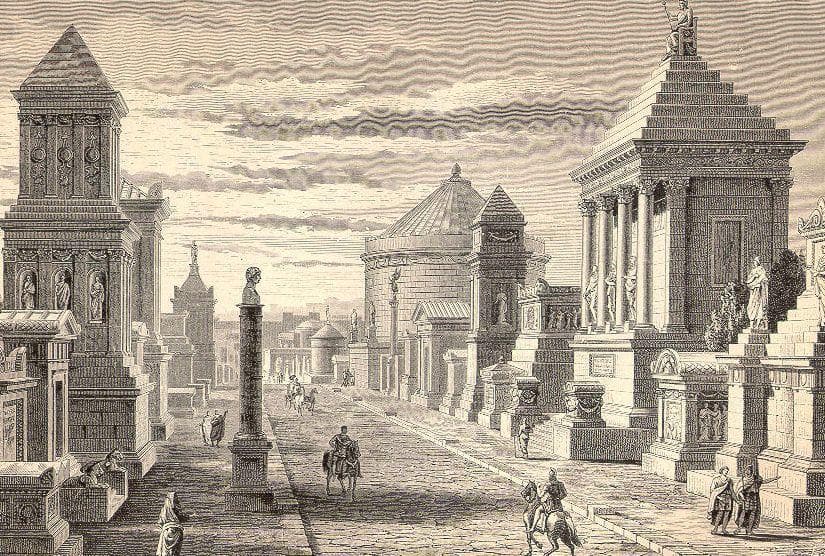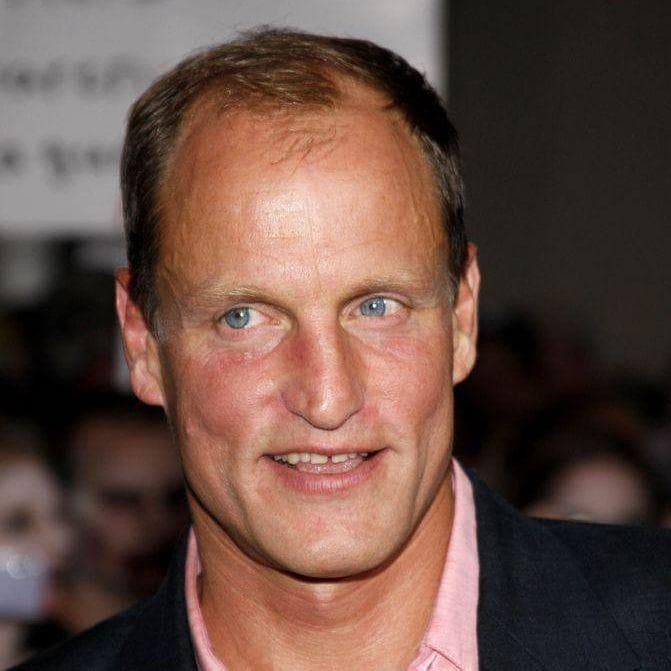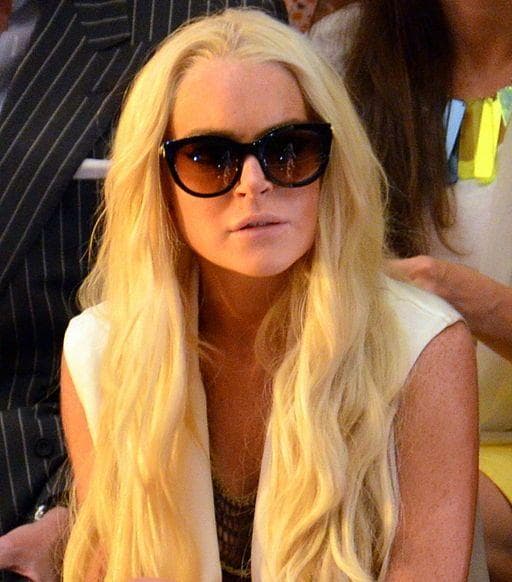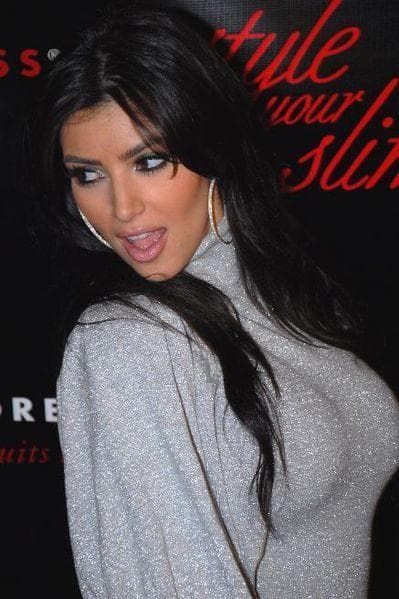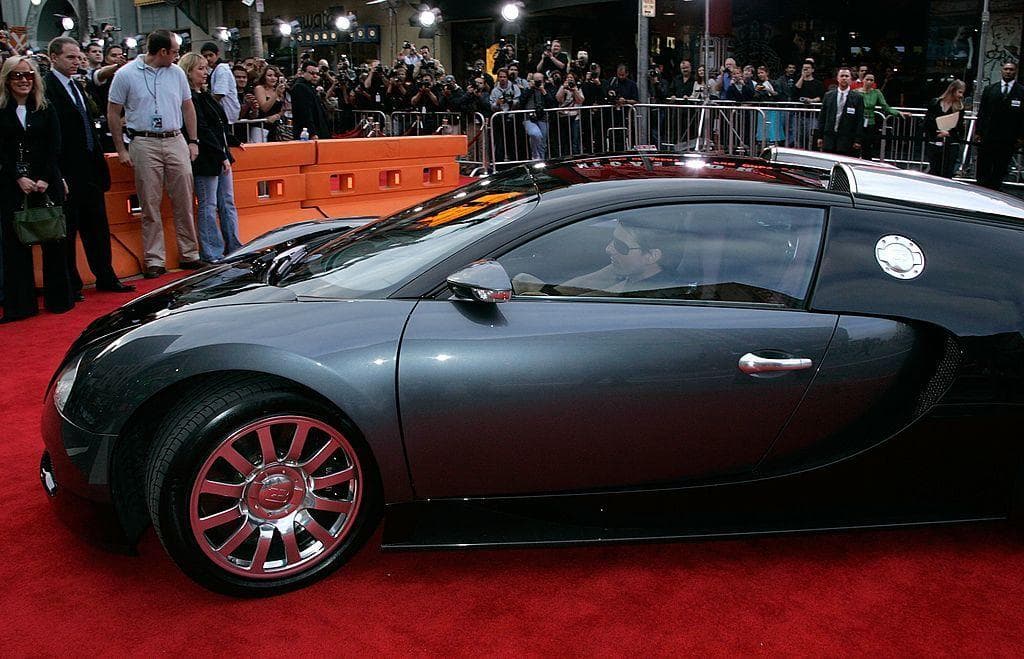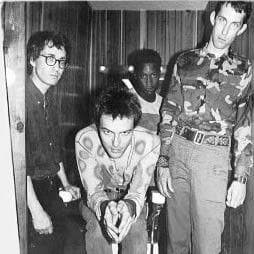-
(#2) Alexander Bogdanov
- Dec. at 55 (1873-1928)
Alexander Bogdanov was a fascinating human being. He was a close friend of Vladimir Lenin, a science fiction author, a poet, and a doctor who was obsessed with hematology. One of Bogdanov's theories was that he could become immortal through blood transfusions - which is definitely not a thing, but in the 1920s you had to learn that the hard way. Bogdanov gave himself transfusion after transfusion, claiming that each one made him feel better than the last. Unfortunately, he swapped blood with a student who was suffering from malaria and died.
-
(#12) Vera Yevstafievna Popova Studied Chemistry and Blew Herself Up
Vera Popova led an incredibly interesting life as one of the first female chemists in Russia. And she was also the first Russian female author of a chemistry book. After being educated in Switzerland, she returned to her home country where she began researching stereochemistry, the work habits of bees, and published short fiction. In 1896, while attempting to synthesize H-C≡P (methylidynephosphane), a chemical similar to hydrogen cyanide, her lab exploded, killing her instantly. The chemical compound she was trying to create, H-C≡P, would not be successfully created until 1961.
-
(#3) David A. Johnston Saw Mount St. Helens Erupt and Was Killed by the Pyroclastic Blast
When Mount St. Helens erupted in 1980, USGS volcanologist David A. Johnston was the first scientist to send out a warning to let people know of the disaster. His storied career included stints studying extinct calderas in Colorado, and sheets of ash flow in the 1912 eruption of Mount Katmai in the Valley of Ten Thousand Smokes. Leading up to the blast on Mount St. Helens, Johnston was one of the few scientists who believed that volcanic activity was still possible on the mountain. He chose to take part in dangerous on-site monitoring and told journalists that it was like, "standing next to a dynamite keg and the fuse is lit." Before his radio went silent, after Johnston and his trailer were overcome by the volcano blast, he relayed: "Vancouver! Vancouver! This is it!"
-
(#13) Jean-François Pilâtre de Rozier
- Dec. at 31 (1754-1785)
This 16th-century chemistry and physics professor led a charmed life where he made friends with Monsieur, the comte de Provence, brother of King Louis XVI, and was put in charge of Monsieur's cabinet of natural history. After seeing the first public demonstration of a balloon by the Montgolfier brothers in 1783. Jean-François became inspired and decided to invent a hybrid hydrogen-and-hot-air balloon in order to float across the English Channel. Sounds good, right? Wrong. In mid-flight, François's balloon suddenly deflated and crashed near Wimereux in the Pas-de-Calais, from an estimated height of 1,500 feet.
-
(#10) Jack Parsons Made Rockets and May Have Blown Himself Up
Jack Parsons was probably one of the coolest scientists that ever walked the face of the Earth. Not only was he literally a rocket scientist, but he also helped create special effects in films, and he was a follower of Aleister Crowley, who hung out with L. Ron Hubbard. Parsons was uneducated, but when it came to making rockets he was described as having "an uninhibited and fruitful imagination" and kept his partners, "focused toward building actual rocket engines, not just solving equations on paper."
Unfortunately, Parsons was all over the place politically and wary about working for the US government (which he never technically did). He kicked around Mexico for a while (where he established an explosives factory for the Mexican government), was investigated by the FBI, and then in 1952 while working on a rush order for some explosives on a movie set, he accidentally blew himself up. Some people speculate that it was suicide, others believe that he was actually murdered by Howard Hughes, but the good money rests on the fact that he was probably high as a kite while he was making explosives.
-
(#8) Harold Maxwell-Lefroy
- Dec. at 48 (1877-1925)
Lefroy was an entomologist who came to fruition in the early 20th century as a guy who knew how to get rid of bugs. He was basically the inventor of the first version of Raid. He spent a lot of time in India studying their bugs, and was appointed as the first Imperial Entomologist - which is cool but also kind of awful. In the early 1920s he made it back to England where he was tasked with taking care of a beetle infestation that had taken over Westminster Hall, beside England's Houses of Parliament. That's when he started figuring out which chemicals killed bugs in spectacular fashions. Unfortunately, his success was short lived because he accidentally killed himself while working in his lab when he breathed in a lethal amount of Lewisite.
New Random Displays Display All By Ranking
About This Tool
In the history of human civilization, many genius scientists have played an extremely important role who have promoted the progress of human science and technology. But at the same time, many great scientists have made huge sacrifices for the advancement of human science and sacrificed their precious lives in scientific experiments. There is no doubt that their death is regrettable to the entire country and even the world.
The random tool introduced 14 of the greatest scientists in human history who we should remember, they made outstanding contributions to science, and their efforts paved the way for major discoveries and important inventions in later generations.
Our data comes from Ranker, If you want to participate in the ranking of items displayed on this page, please click here.

